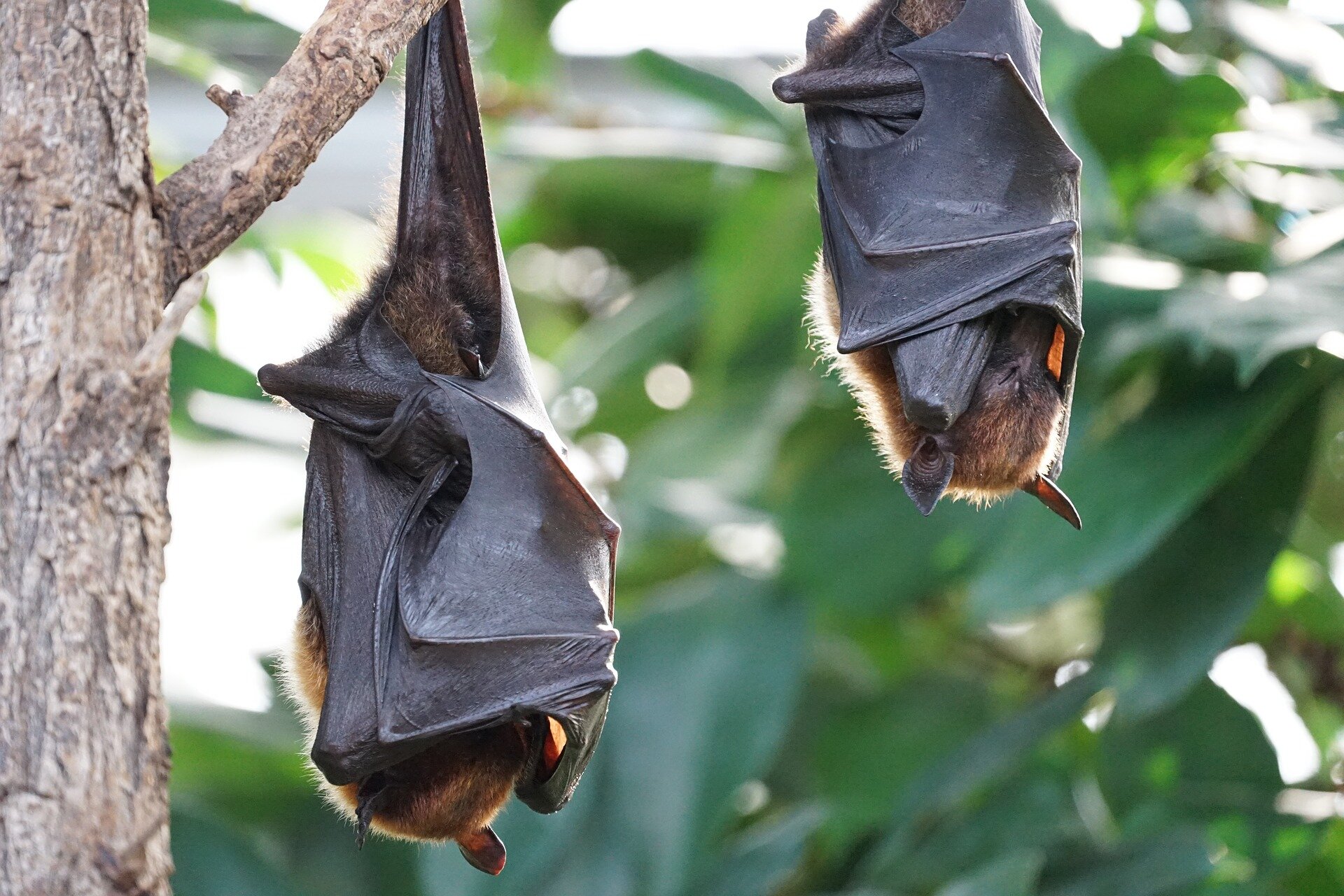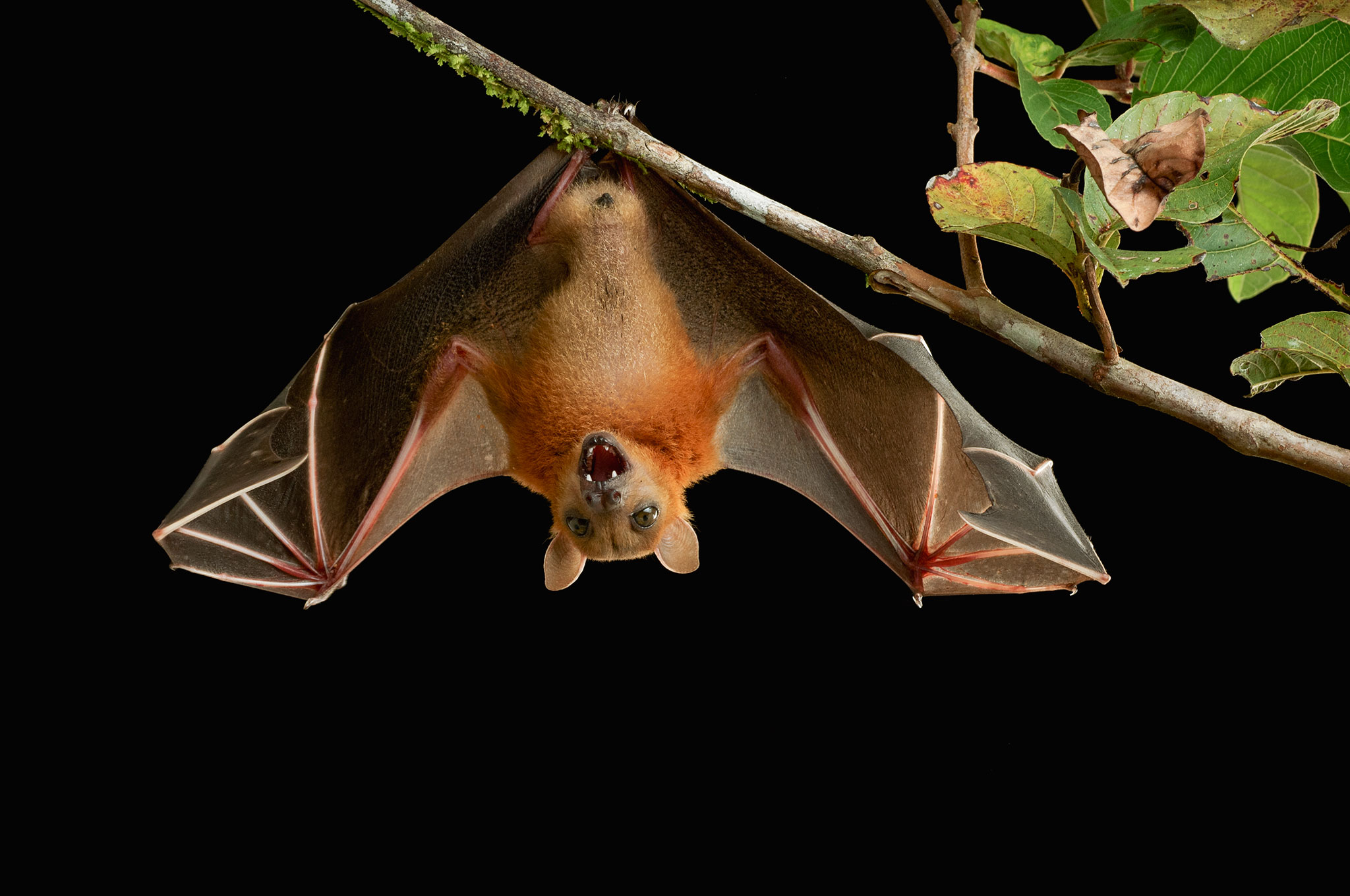In-depth Exploration of Bats: Nature's Aerial Acrobats
In-depth Exploration of Bats: Nature's Aerial Acrobats
Introduction:
Bats, the only mammals capable of sustained flight, have long captured the curiosity of humans with their enigmatic nature and remarkable adaptations. This comprehensive article delves into the diverse world of bats, examining their evolutionary history, ecological significance, unique physiological features, behavioral patterns, and the complex interplay between bats and human societies.
Evolutionary History:
Bats belong to the order Chiroptera, which is divided into two suborders: the Megachiroptera (megabats) and the Microchiroptera (microbats). Fossil records suggest that bats emerged around 50 million years ago, evolving from small, insect-eating mammals. The evolution of flight in bats represents one of the most extraordinary adaptations in the animal kingdom, enabling them to exploit diverse ecological niches and colonize every continent except Antarctica.
Ecological Significance:
Bats play a crucial role in various ecosystems as pollinators, seed dispersers, and insect regulators. For example, fruit-eating bats facilitate the reproduction of numerous plant species by dispersing seeds over vast distances. Insectivorous bats help control insect populations, including agricultural pests, thereby providing invaluable ecological services that contribute to ecosystem stability and biodiversity.
Physiological Adaptations:
The anatomy and physiology of bats are intricately adapted for flight. Their wings consist of elongated finger bones covered by a thin membrane of skin, allowing for efficient aerodynamic maneuverability. Bats also possess specialized echolocation systems, emitting high-frequency sounds and interpreting the echoes to navigate in darkness and locate prey with remarkable precision.
Behavioral Patterns:
Bats exhibit a diverse range of behaviors, including roosting, foraging, mating, and social interactions. Many species form complex social structures within roosting colonies, where individuals communicate through vocalizations, scent marking, and tactile cues. Some bats are solitary, while others engage in cooperative behaviors such as alloparenting and food sharing.
Interactions with Humans:
Throughout history, bats have been the subject of superstition, folklore, and cultural symbolism in various societies. While some cultures revere bats as symbols of good fortune or fertility, others associate them with darkness, death, and malevolence. Human activities, such as habitat destruction, pollution, and the spread of diseases, pose significant threats to bat populations worldwide, highlighting the urgent need for conservation efforts and public awareness campaigns.
Conservation Challenges and Initiatives:
Bats face numerous conservation challenges, including habitat loss, climate change, persecution, and disease outbreaks such as white-nose syndrome. Conservation initiatives aimed at protecting bat populations include habitat restoration, legislative protections, public education programs, and research efforts to better understand the ecological roles and conservation needs of different bat species.
Conclusion:
In conclusion, bats are fascinating creatures that occupy a unique ecological niche and play vital roles in maintaining the health and balance of ecosystems worldwide. Understanding and appreciating the complexity of bat biology, behavior, and ecology is essential for promoting their conservation and ensuring the continued coexistence of bats and humans in the natural world.
References:
[Include a comprehensive list of references citing scientific papers, books, and other reputable sources used in the article.]









































